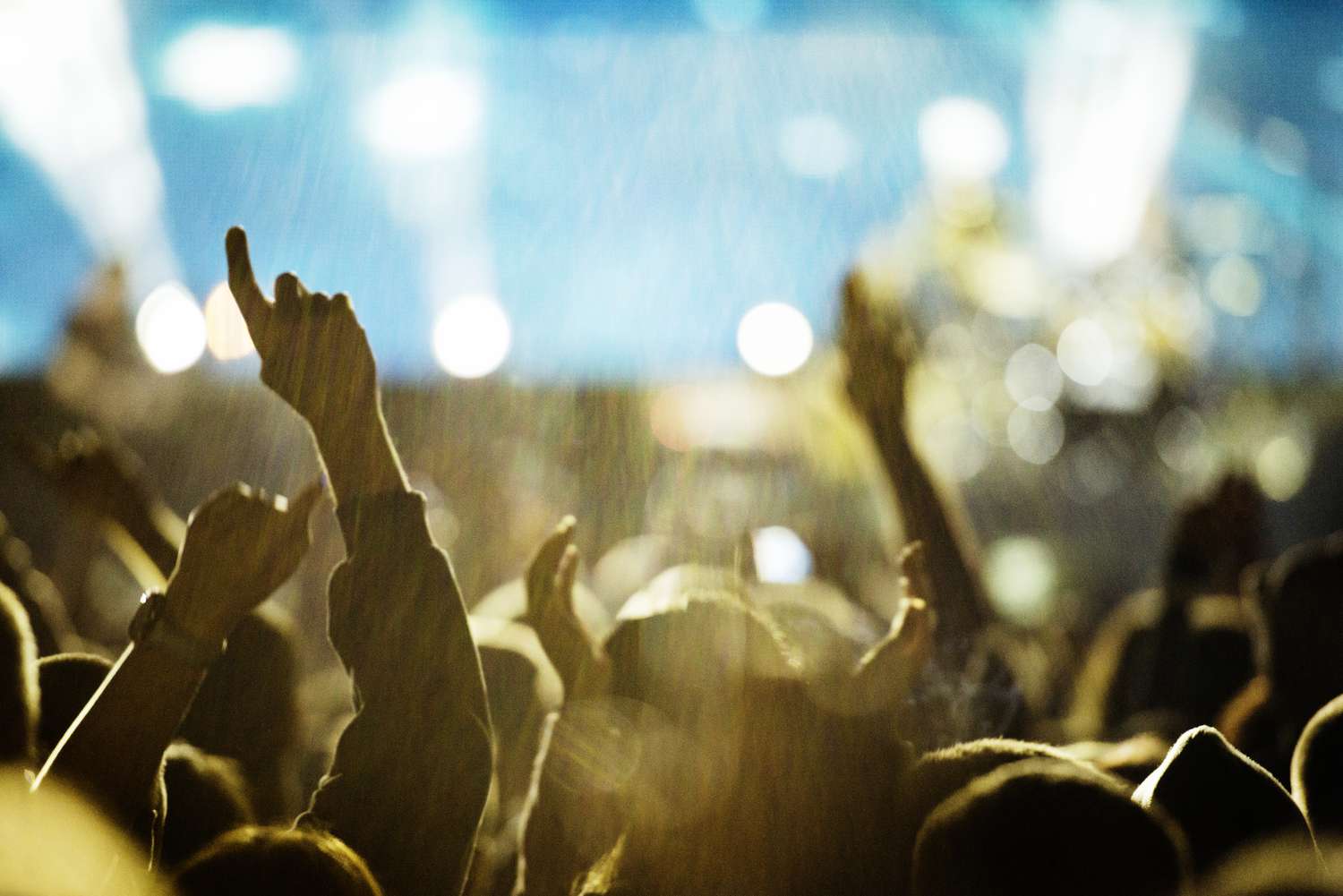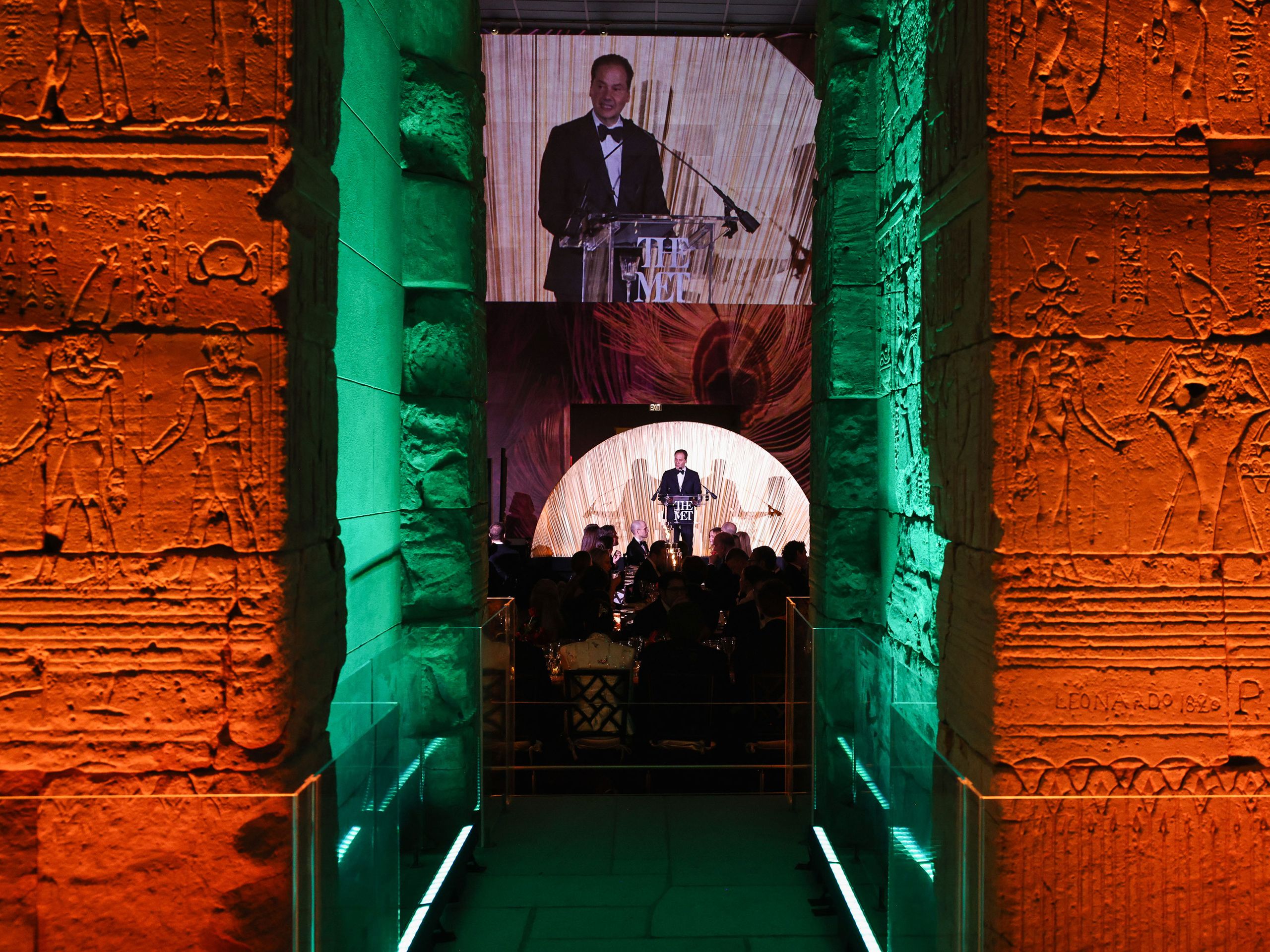Is it Advisable to Wear Earplugs at Concerts?

Anyone who will be attending a concert this summer should plan to protect their ears during the show, according to hearing experts.
“Absolutely wear hearing protection,” Sarah Sydlowski, AuD, PhD, MBA, an audiologist at Cleveland Clinic, told Health. “It’s a question I feel like most people don’t ask, and it’s so important.”
However, more people have been interested in the topic recently due to the number of big names on tour right now, including Beyoncé and Taylor Swift, she said. “Everyone has two ears, and those two ears have to last you for a lifetime. You’ve got to take care of them.”
Failing to protect your ears can have major consequences, Sam Huh, MD, an otolaryngologist at Mount Sinai Hospital, told Health. These can go beyond annoying side effects that only last one or two days. “Too loud a noise exposure can cause auditory nerve death,” Huh said.
Below, experts explain which types of concerts can be “too loud,” how you can best protect your ears at live performances, and what you should do if you believe you’re experiencing hearing loss after a show.
The way hearing specialists look at it, the majority of concerts become dangerous to your ears after only a short period of time.
“Most concerts might be safe for five to seven minutes,” Sydlowski said.
To determine how safe a show is, consider how challenging it may be to communicate with the person sitting next to you during the performance, Elizabeth Kolberg, AuD, MS, an audiologist at Johns Hopkins Bloomberg School of Public Health, told Health.
“A good rule of thumb is to wear hearing protection if you have to shout or significantly raise your voice to be heard, or if you can’t hear someone about an arm’s length away,” Kolberg said.
Because most concerts can be damaging, you should invest in a pair of earplugs if you plan on seeing any kind of live performance.
“I would recommend bringing hearing protection to any concert...it’s better to have them but not need to use them than to be caught without,” Kolberg said.
This goes for both indoor and outdoor shows, though the latter may be marginally safer in some circumstances, Sydlowski said. “[At outdoor shows] there’s more room for sound to disperse. There potentially could be a difference in terms of the risk, but there’s not enough of a difference to change my recommendation.”
For the most part, you’re going to want to leave your earplugs in during the whole show, Kolberg said. It may be safe to take them out momentarily if the venue quiets down between acts, but anytime the environment is noisy, you’ll want to have them in.
When it comes to ear protection, some devices are better than others, Kolberg said.
“The thing I most recommend when looking for hearing protection is checking the noise reduction rating (NRR),” she explained. “This number represents the average amount that hearing protection devices can reduce sound levels when used correctly.”
The higher the NRR, the more effective the earplugs are at protecting your ears. Earplugs with an NRR rating of 20 are usually protective enough, Sydlowski said.
If you’re around loud sounds often—for example, if you’re a musician who plays in a band—you may want to invest in gear that is even more protective than store-bought earplugs, Huh said. “Custom-made ones by audiologists are the best.”
It’s worth noting that bringing adequate protective gear to a concert isn’t the only thing you can do to keep yourself safe. If you have the choice, put a lot of distance between yourself and the stage and speakers.
“The sound will be louder if you are closer to it,” Kolberg said.
For example, someone seated in the front row or close to the sound system might be more likely to damage their ears than someone sitting farther away, out on the lawn at an outdoor venue.
According to Kolberg, many people experience something called “temporary threshold shift” when they’re around loud noise without hearing protection for too long.
“This occurs when loud sound temporarily damages your hearing, causing things to sound muffled and/or ringing or buzzing in the ears, which is called tinnitus,” she said.
In most cases, the effects of a temporary threshold shift will go away in hours to days. But for some, it can cause permanent damage to the inner ear. This, Kolberg said, “may progress to a noticeable hearing loss over time.”
The risk can be greater for children.
“Kids have smaller ear canals, and so what could be a safe listening level for an adult might be dangerous for a child,” Sydlowski said.
If you’re bringing your child to a concert—or any potentially noisy environment—you should bring ear protection for them, as well.
If you’re experiencing symptoms of hearing loss after a show or loud environment—like ringing in the ears—don’t stay home and wait for the problem to go away on its own.
“It’s important to know that when you do have a sudden hearing loss from loud sound, there’s a small window of time that it can potentially be treated,” Sydlowski said. “If someone does have ringing for hours after the concert, they should seek help immediately.”
If at all possible, they should make an appointment with a specialist, such as an ear, nose, and throat (ENT) doctor, right away, since they are trained to treat hearing loss, she said.
Ultimately, protecting your ears at live performances will go a long way in keeping your hearing in good shape, and you don’t have to worry about it changing the experience.
“It’s a misconception that if you put earplugs in, you’re blocking out all the sound,” Sydlowski said. “You will still hear it, it’s just reducing the volume a little bit.”




